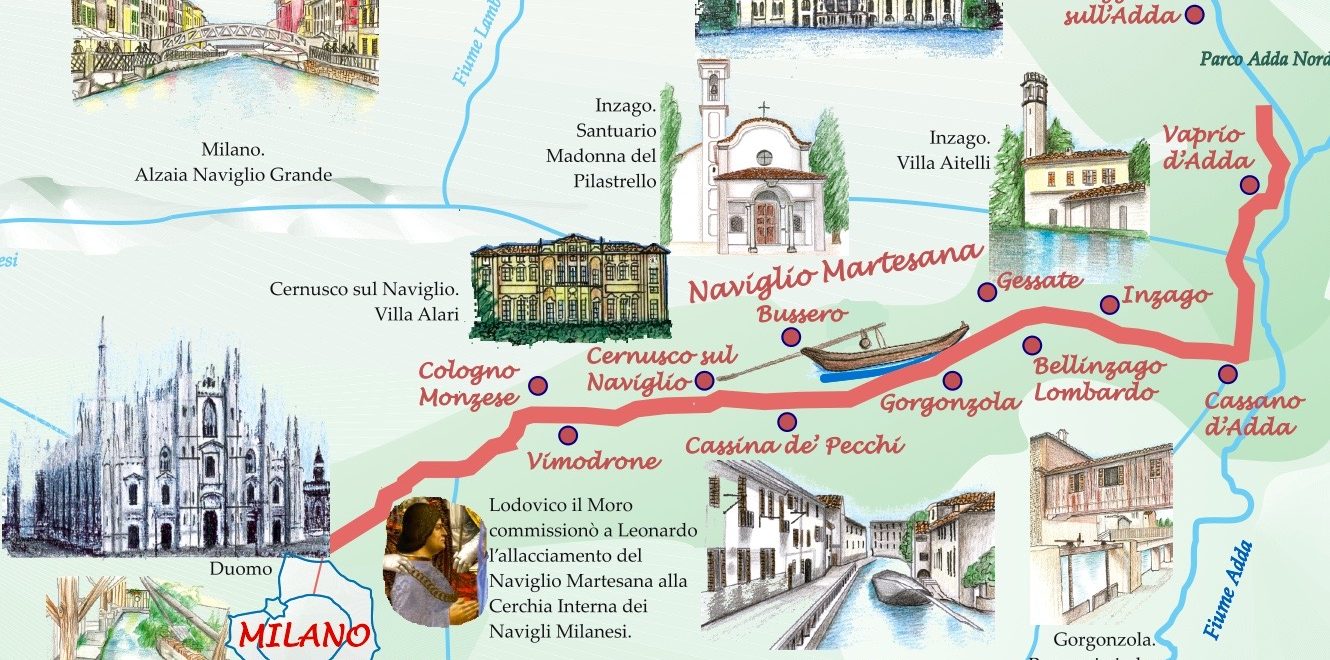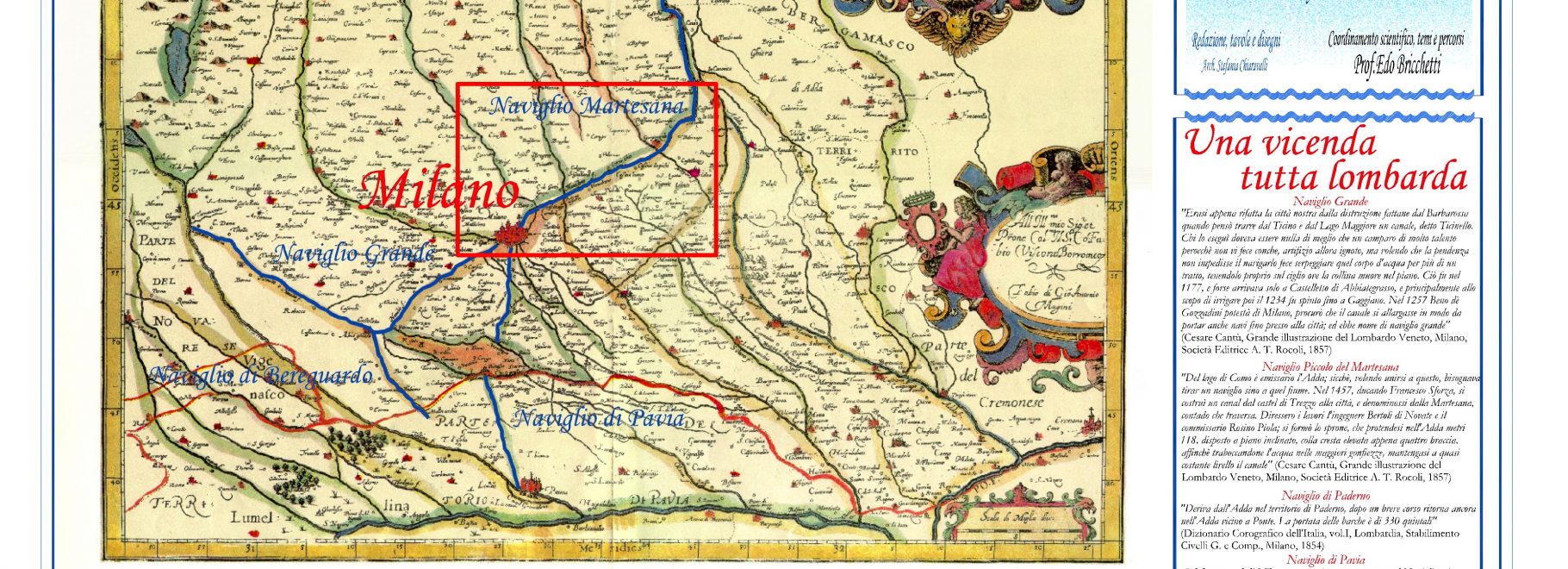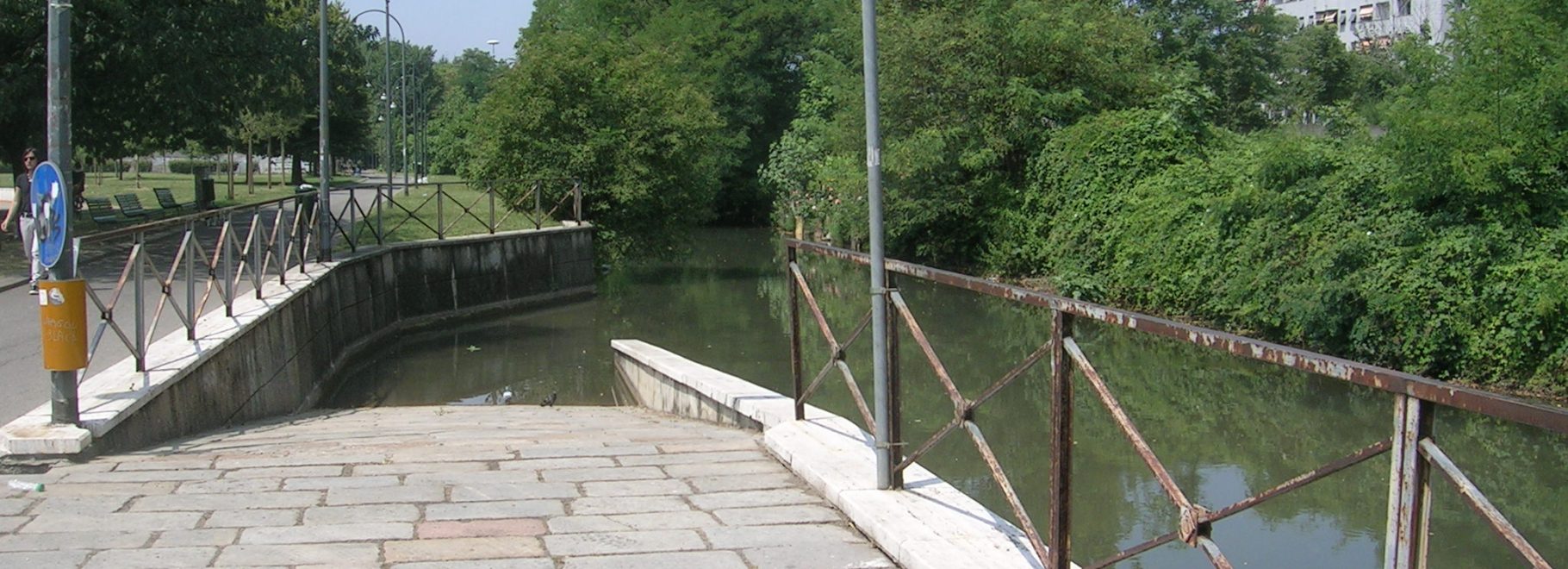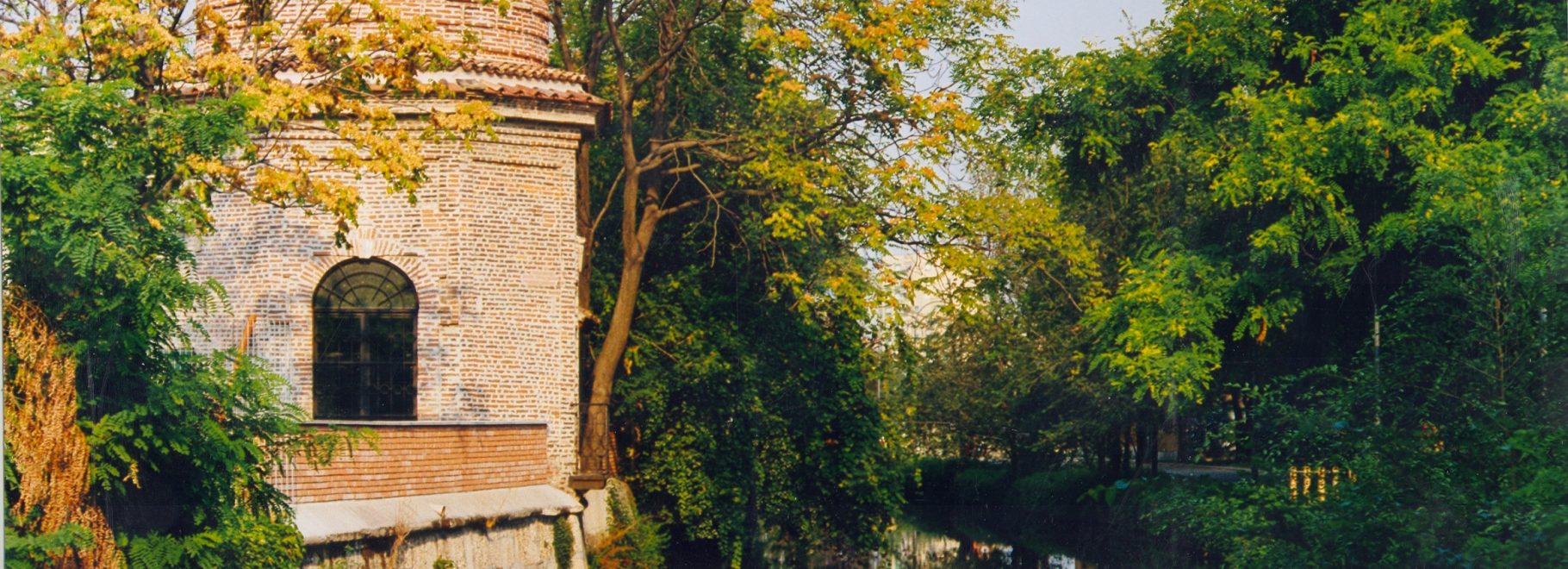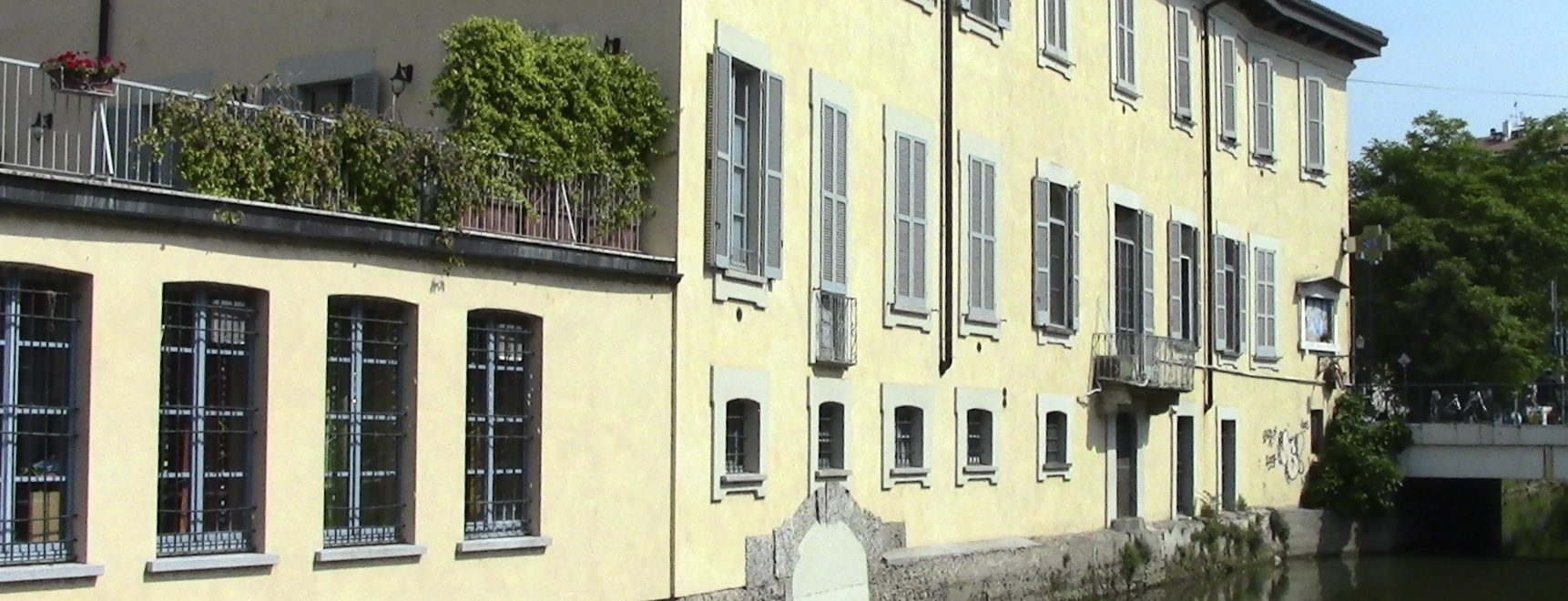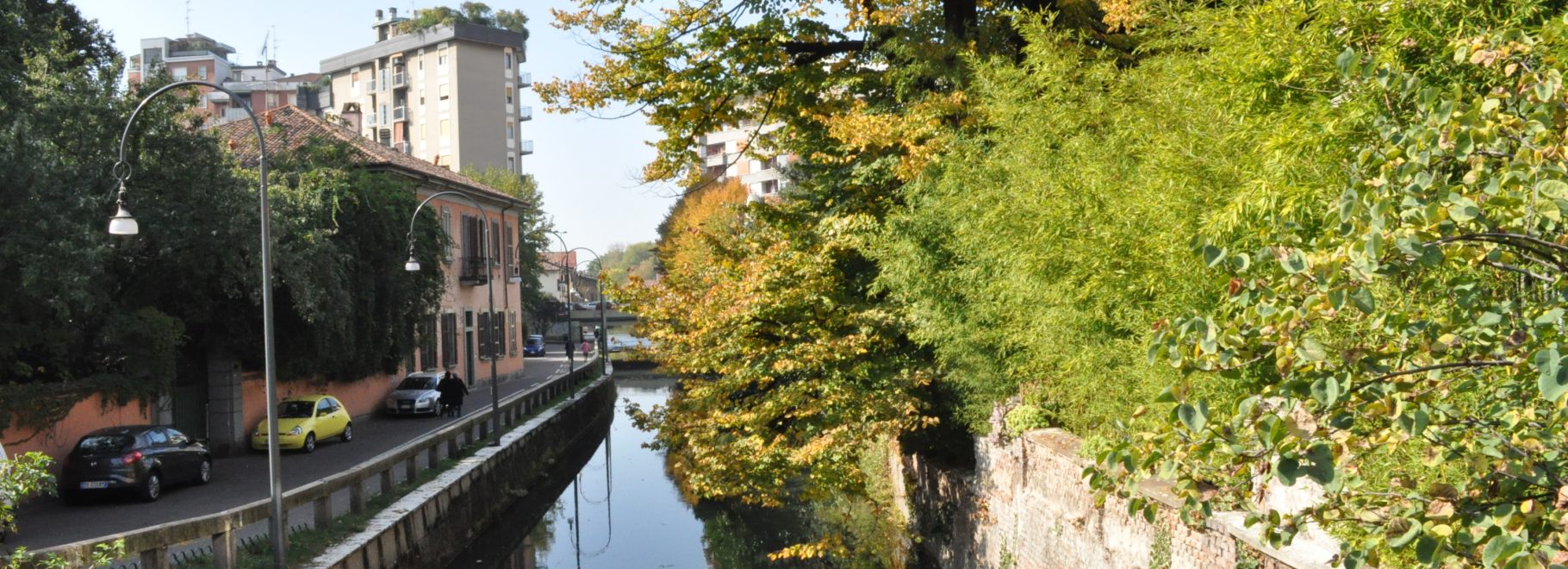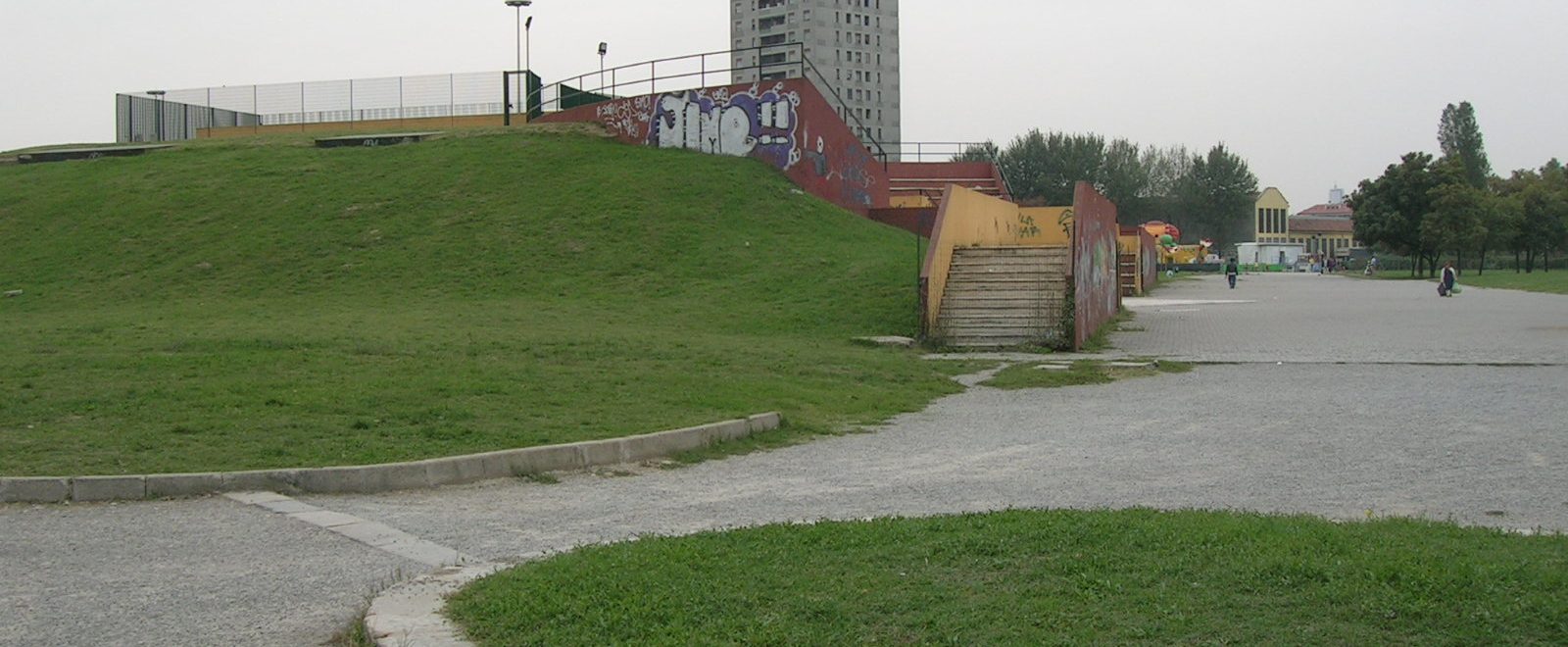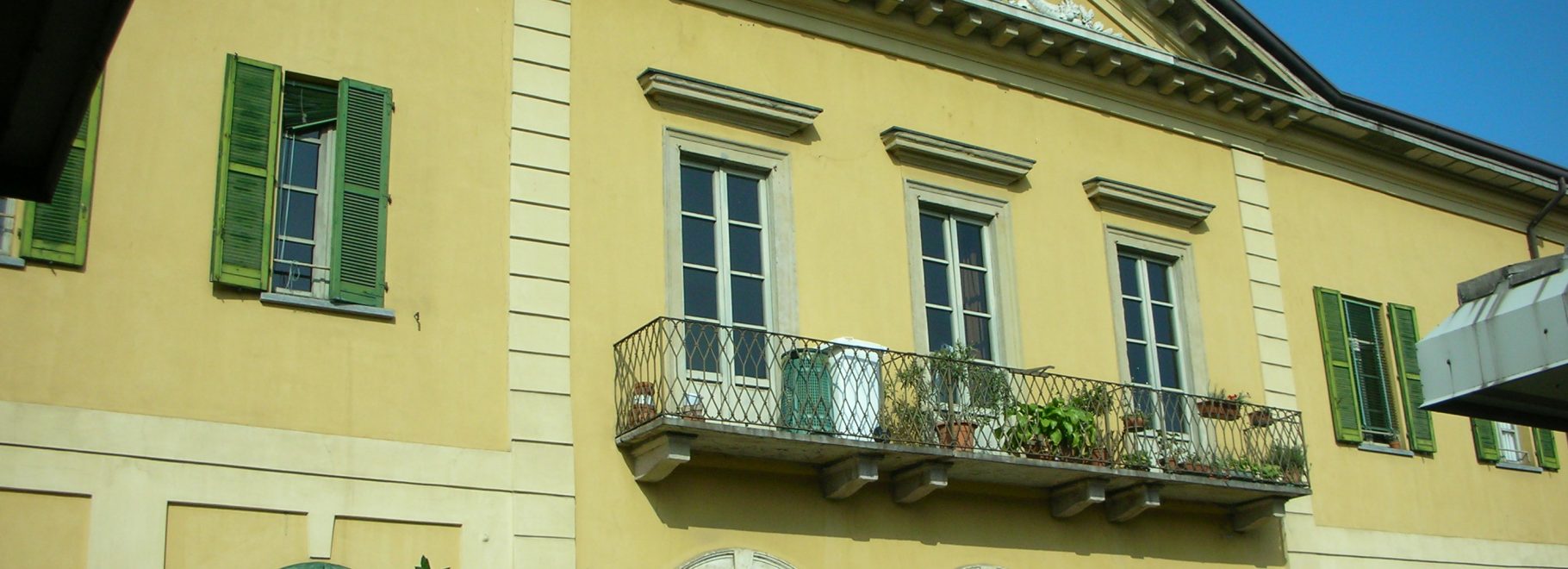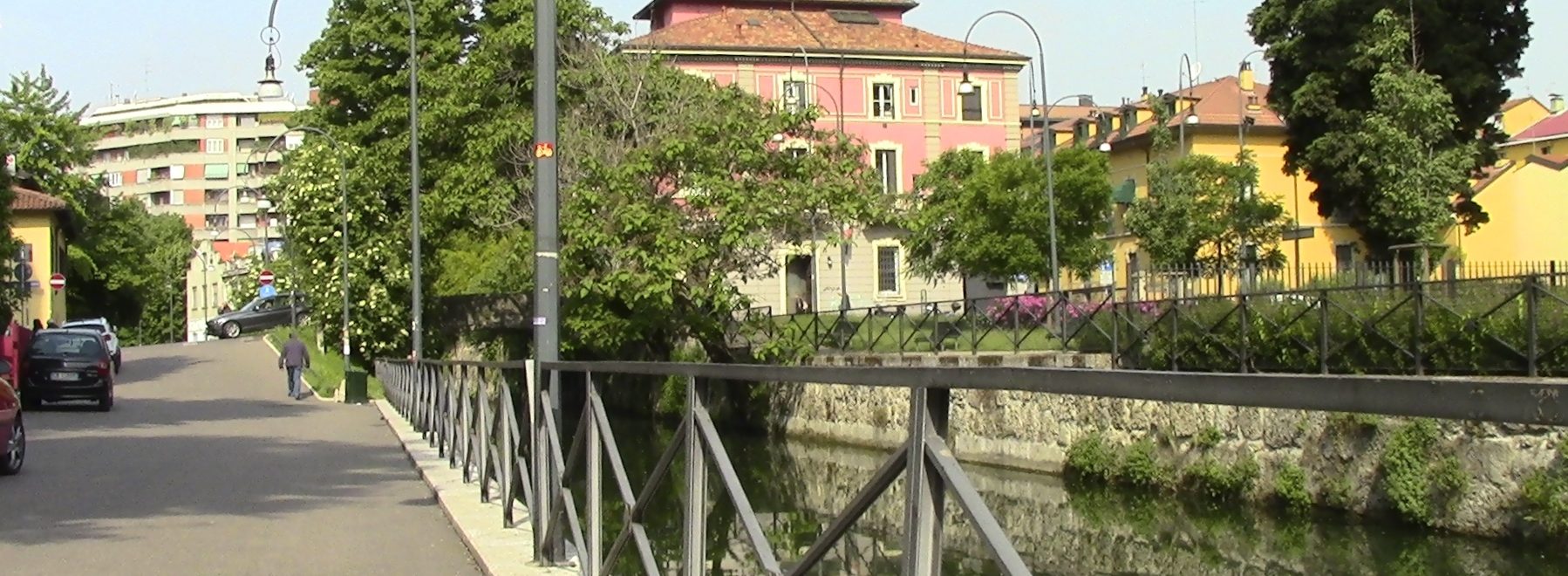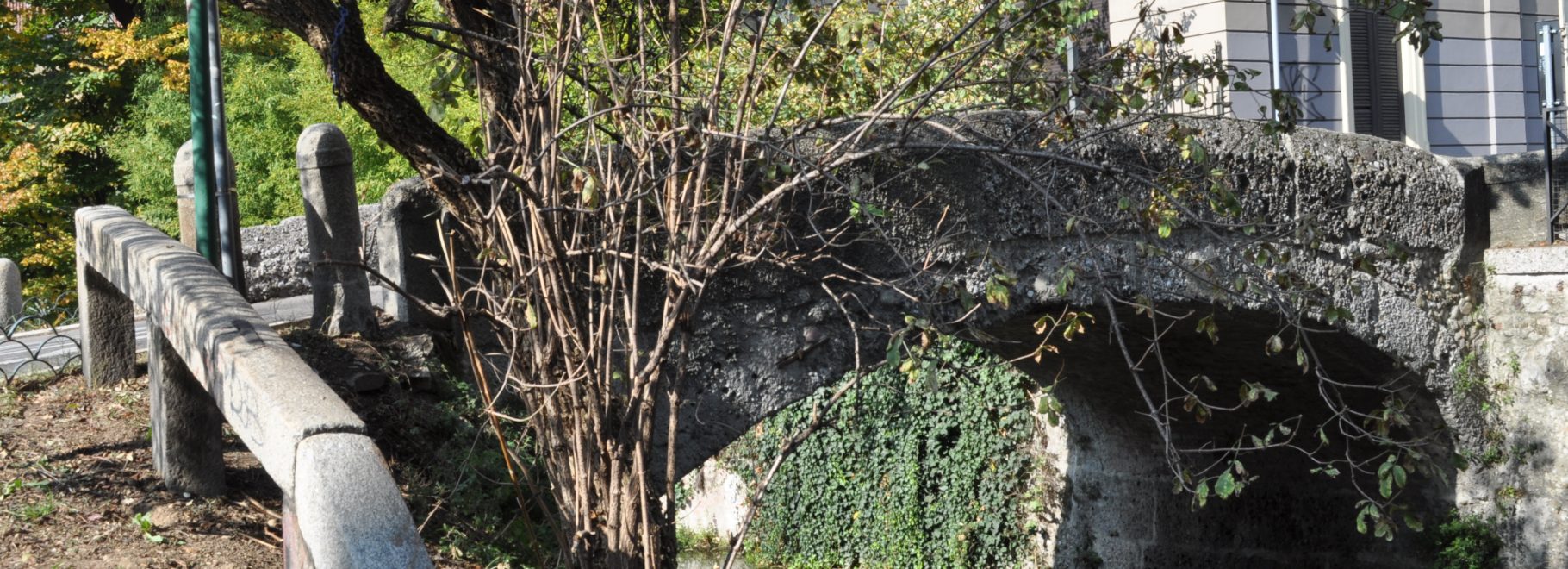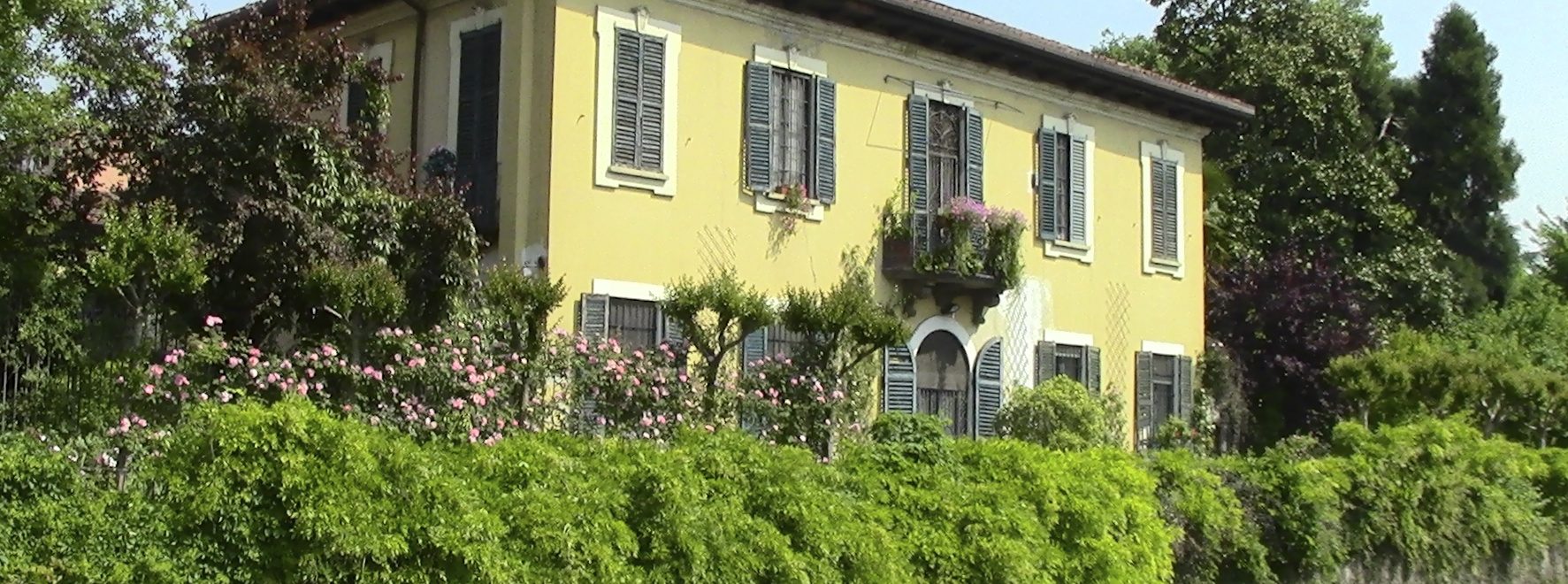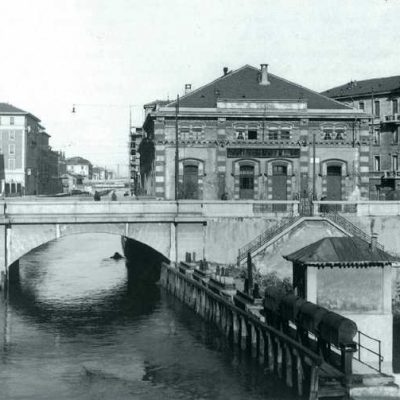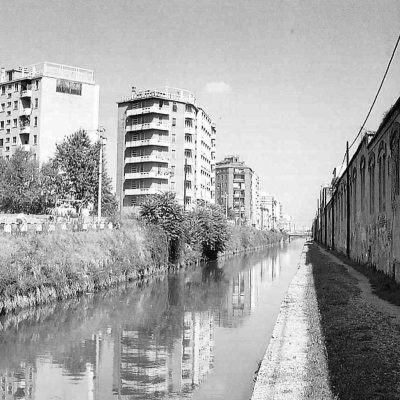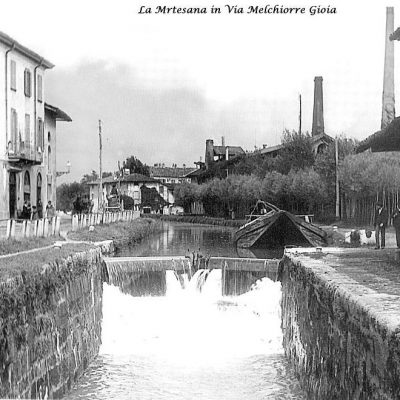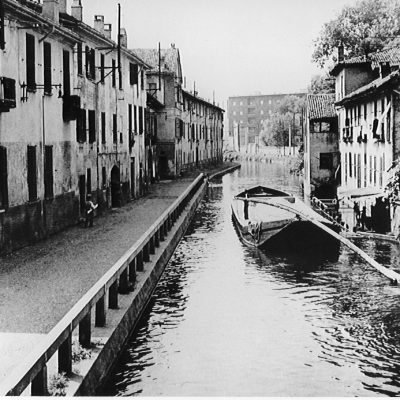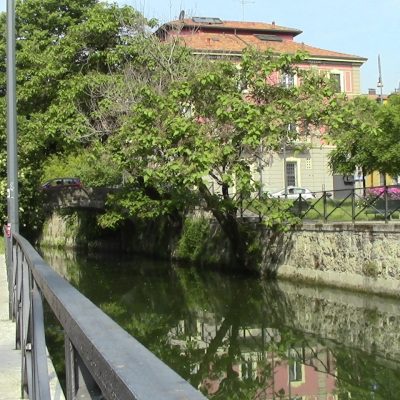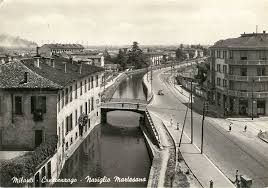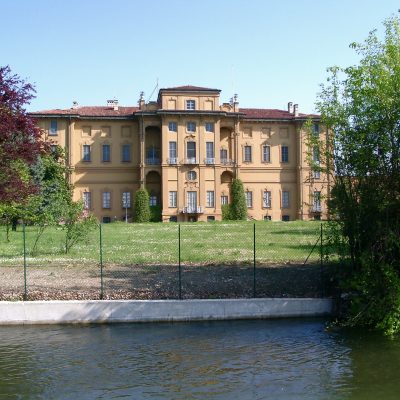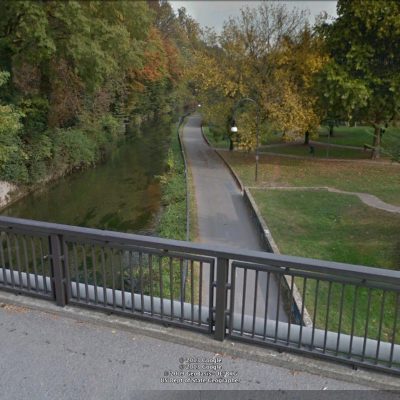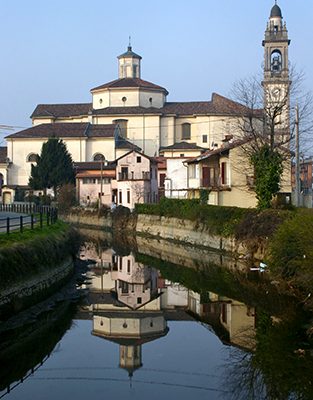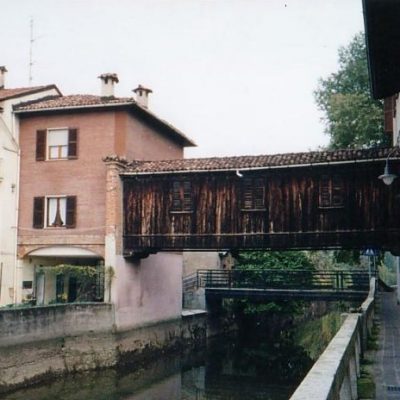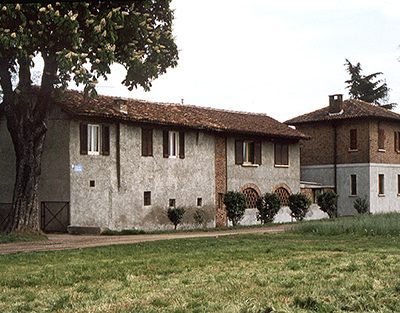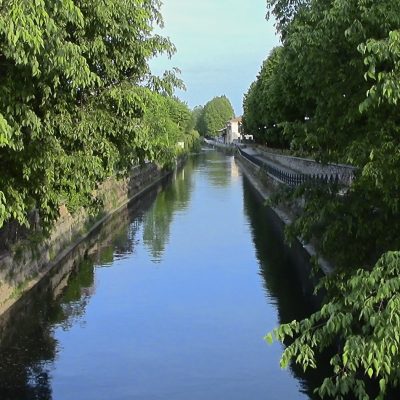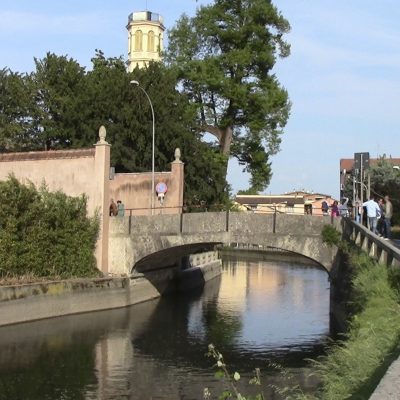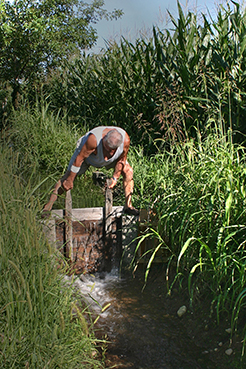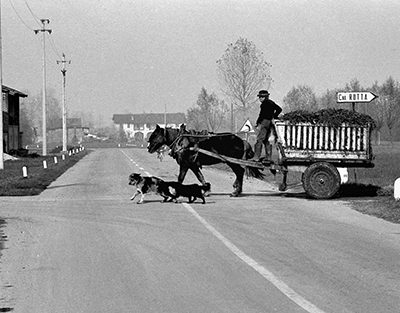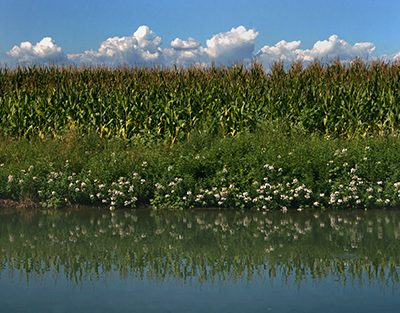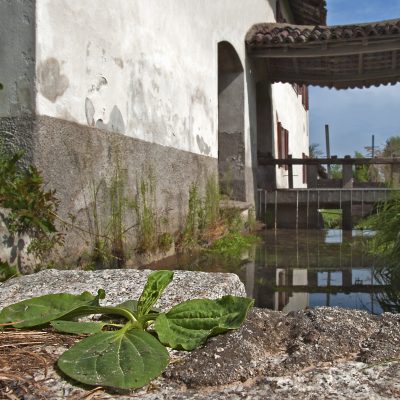Ecomuseo Martesana, Italy
Goals, activities. Ecomuseum Martesana has been founded on the 6th May 2016.
Today Ecomuseo Martesana relies on 24 Municipalities, 1 Union among
4 Municipalities, more than 20 associations, 3 associations of second level which represent other 100 associations of first level, 4 school institutes, 4 stakeholders (commerce, agriculture) and other individual members.
“Water flows” This is the motto of Ecomuseo Martesana which underlines the particular status of a water museum. But it isn’t a proper water museum since it is a museum open to the territory where people live and work. Ecomuseum bears witness to the cultural identity and heritage of Naviglio Martesana. Ecomuseum isn’t fixed in a wall framework. It extends from the beginning of the canal (Naviglio Martesana) and ends where the canal ends. That is its pecularity. Ecomuseum isn’t a collection of objects. It moves out from the usual 4 walls and approaches the territory in a more dynamic way, reaching things, places, stories, people exactly where they are. Among its goals ecomuseum wants to influence the regional and local policy makers to carry on a policy of development of the territory. Ecomuseum involves all the local actors in the action of preserving a typical water landscape and helps them in managing its heritage through the observation and interpretation of the territory itself. Sharing responsibility in the heritage management is one of the main goals of the ecomuseum. In addition ecomuseum relies on a sort of treaty of community bound to welfare and correct use of the territorial resources embodied by the canal and everything which moves around it. Ecomuseum thinks, plans and acts supra municipalities to create a sharing structure to support a development out of the mere local administrative trends. Another important goal of the ecomuseum is how to transmit the water and territorial heritage to the future generations by acting in the respect of the environment and the habits of people.
Permanent communication through the social media is very important, too, as it connects different generations of people and levels of knowledge. School, as well, is an important incubator of new perception and awareness as it relies upon the teachers and starts from the first level of learning. We think collecting data is another important factor of success.
I think, after investigation, it is the first example of an ecomuseum devoted exclusively to water (Naviglio Martesana).
Museum website: www.ecomuseomartesana.it


